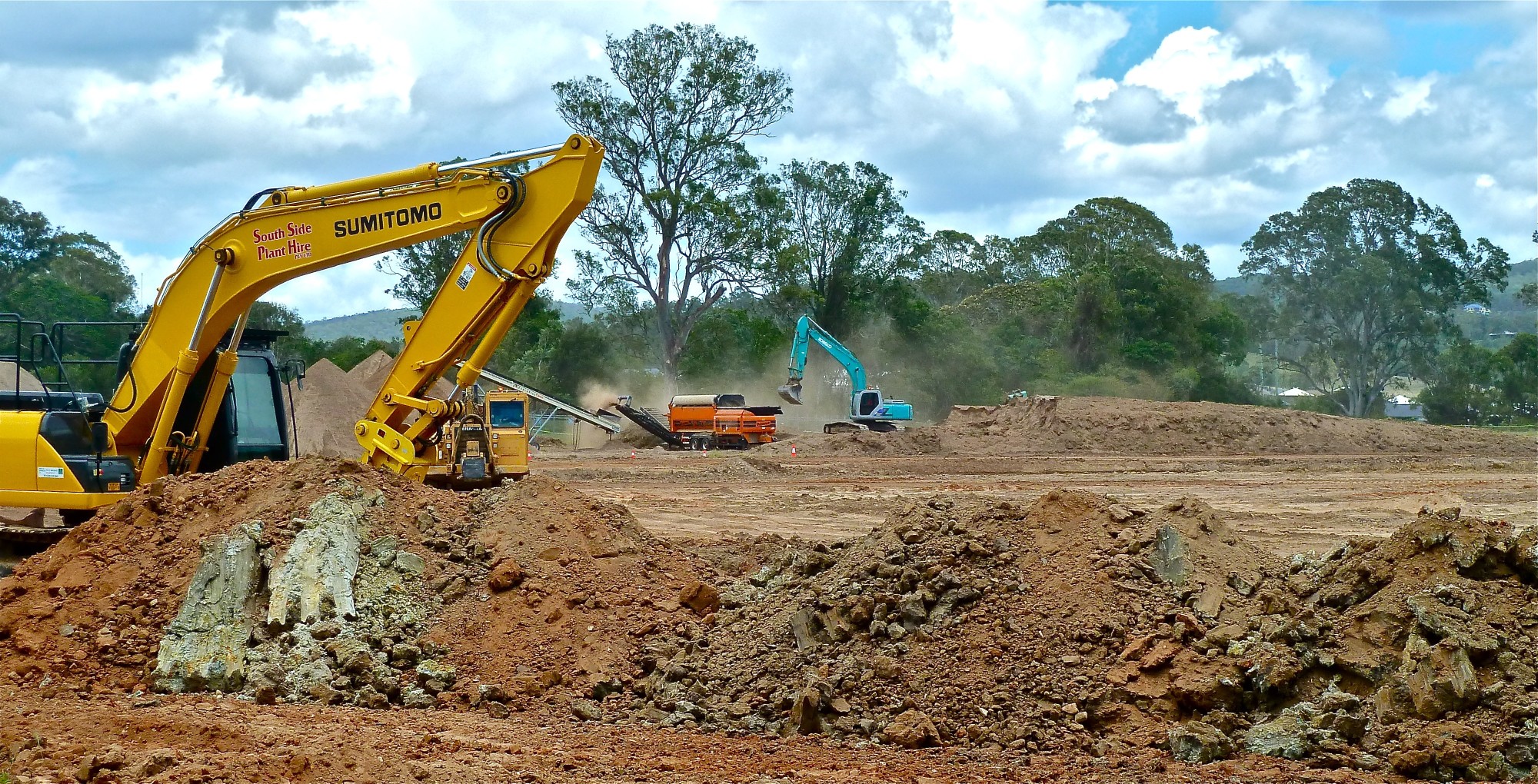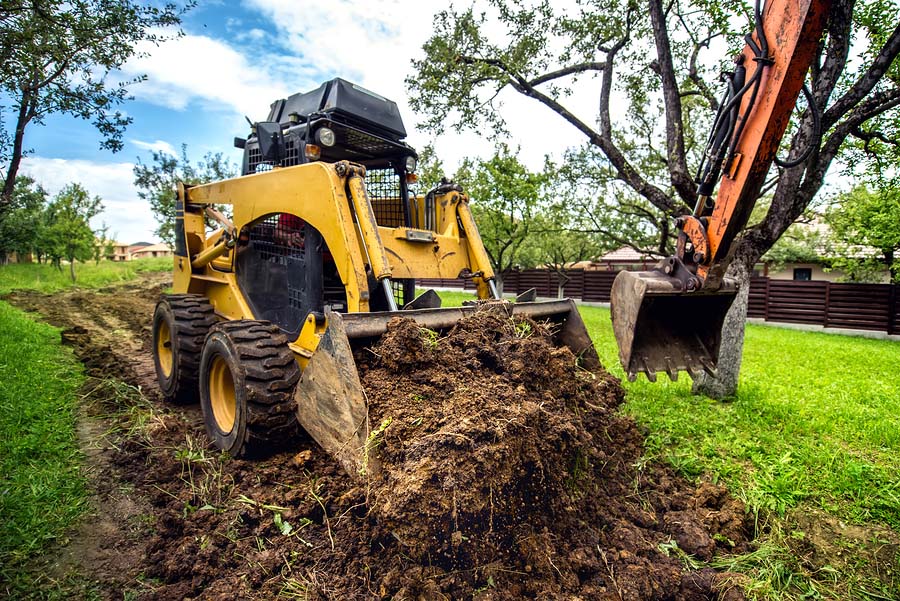Lasting Land Clearing Practices for a Greener Environment
In the world of ecological conservation, the practice of sustainable land cleaning stands as a crucial point of discussion. As we browse the delicate equilibrium in between growth and conservation, the techniques employed in cleaning land hold significant weight fit the future of our environments. By adopting green techniques, focusing on biodiversity preservation, and taking part in area education and learning, a pathway in the direction of a greener setting begins to arise. The complex dancing between progress and sustainability in land clearing up practices introduces a world of opportunities that bid for expedition and execution.
Value of Sustainable Land Cleaning
The relevance of executing lasting land cleaning methods depends on the conservation of environments and the upkeep of environmental honesty. When land is cleared unsustainably, it can result in irreparable damages to the environment, resulting in soil disintegration, loss of biodiversity, and disruption of natural environments. By embracing sustainable practices such as selective cleaning, reforestation, and disintegration control measures, we can minimize these negative impacts and make certain the long-lasting wellness of our ecosystems.

In addition, lasting land cleaning techniques promote responsible land monitoring and sustain the incomes of local neighborhoods. By making certain that land is gotten rid of in a way that is socially responsible and ecologically pleasant, we can produce an extra sustainable future for all.
Eco-Friendly Clearing Up Techniques

One more efficient technique is using controlled burns. By carefully planning and performing prescribed burns, land supervisors can remove plant life in a regulated way, minimizing the risk of wildfires and promoting the growth of fire-adapted plant varieties. Controlled burns also help recycle nutrients back into the soil, boosting brand-new growth and maintaining ecosystem health.
Additionally, utilizing mechanical tools with reduced ground pressure, such as tracked lorries or specialized forestry mulchers, can minimize dirt compaction and damages to underlying greenery. These makers are developed to operate with accuracy, precisely removing unwanted plant life while maintaining the bordering setting. By incorporating these environment-friendly cleaning techniques, land clearing procedures can sustain biodiversity, preserve natural sources, and add to a greener, much more sustainable future.
Biodiversity Conservation Techniques
Including environment-friendly land clearing techniques not just lessens ecological impact yet additionally plays a critical role in fostering biodiversity conservation approaches. When clearing land, it is vital to take into consideration the effect on neighborhood flora and animals. One effective technique for biodiversity preservation throughout land clearing is the application of discerning cleaning practices.

Lasting Machinery and Devices
To lessen ecological influence and improve efficiency in land cleaning practices, using additional resources sustainable equipment and tools is paramount. Lasting equipment and devices refer to tools specifically created to decrease discharges, reduce soil compaction, and lower fuel usage throughout land clearing activities. Applying innovations such as low-emission engines, crossbreed systems, and accuracy tools can significantly reduce the carbon footprint related to land cleaning procedures.
One instance of lasting machinery click this link is using mulchers or chippers that can process plant life on-site, reducing the need for burning or carrying away particles - Legendary Demolition Seattle. Additionally, using equipment with general practitioner innovation can aid in specific planning and implementation of land clearing tasks, lessening unnecessary disruption to bordering environments
Regular maintenance and correct devices sizing are additionally crucial elements of sustainable land cleaning methods. Ensuring that equipment is well-maintained not just lengthens its lifespan however additionally enhances its performance, bring about extra ecologically pleasant and reliable land cleaning procedures. By prioritizing making use of sustainable equipment and tools, land cleaning activities can be accomplished with marginal effect on the environment, promoting a greener and more lasting future.
Community Involvement and Education
Involving the local neighborhood and providing academic sources are vital parts of advertising sustainable land cleaning methods. Neighborhood engagement cultivates a feeling of common obligation and ownership over land administration decisions, bring about more lasting outcomes. By entailing neighborhood members in the preparation procedure, their understanding and point of views can be incorporated, resulting in options that are culturally delicate and ecologically audio.
Educational resources play a critical role in equipping people with the expertise and skills required to adopt sustainable land clearing techniques. Workshops, training sessions, and educational materials can aid area participants comprehend the importance of biodiversity conservation, dirt health, and water quality in the context of land clearing up tasks. By raising recognition regarding the possible environmental effects of inappropriate land clearing up practices, educational efforts can drive habits change and encourage the fostering of more sustainable options.
Inevitably, community engagement and education create a foundation for long-term environmental stewardship, making certain that land clearing activities are carried out in a way that protects ecological communities and promotes the well-being of both individuals and the planet.
Conclusion
Finally, lasting land cleaning practices are crucial for promoting and maintaining the setting biodiversity. By using environment-friendly methods, conserving biodiversity, utilizing lasting equipment, and involving with communities, we can ensure that land clearing up tasks have very helpful resources little negative effect on the ecosystem. It is critical that we focus on lasting practices to protect our environment for future generations.
By incorporating these eco-friendly clearing up methods, land clearing up operations can sustain biodiversity, conserve all-natural sources, and contribute to a greener, more lasting future.
One efficient method for biodiversity preservation during land cleaning is the application of discerning cleaning techniques. By focusing on the use of lasting equipment and equipment, land clearing up tasks can be brought out with marginal influence on the environment, cultivating a greener and even more lasting future.
In conclusion, sustainable land cleaning techniques are important for promoting and maintaining the atmosphere biodiversity. By using eco-friendly strategies, conserving biodiversity, utilizing lasting equipment, and engaging with communities, we can guarantee that land clearing up tasks have minimal unfavorable influence on the ecological community.